
Using Alternative Investments To Minimize Risks & Maximize Returns
Investing is integral to personal financial management. It helps individuals grow their wealth and achieve their financial goals. However, investing also comes with its share of risks & returns. Every investor wants to diversify risk, have the best alternative investment, and fetch maximum results. In this article, we will discuss how to use alternative investments to minimize your risks & maximize your returns.
Let us first start with what an investment should have. This will help you understand what it is that alternative investments are providing differently.
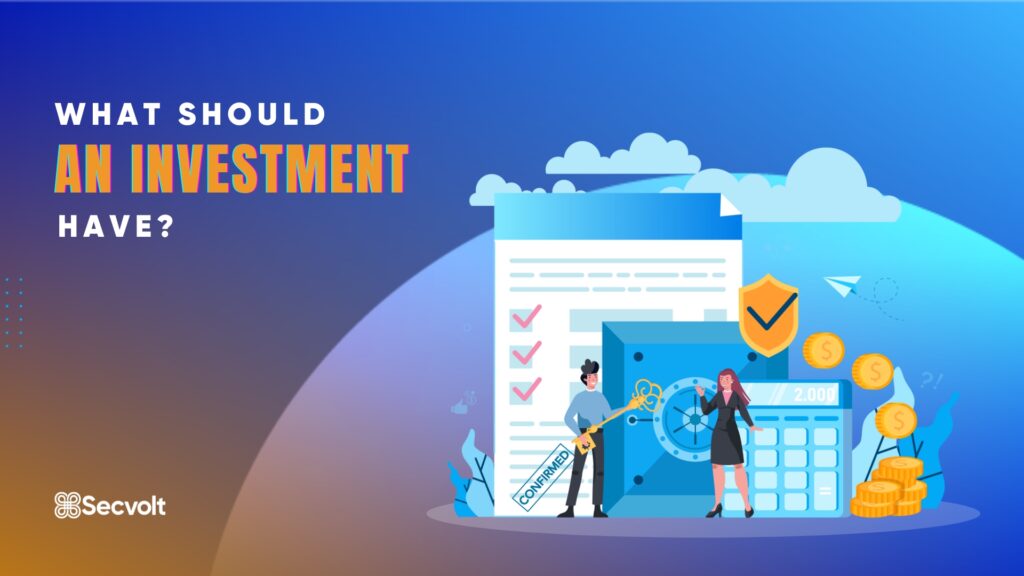
What Should An Investment Have?
When it comes to investments, there are certain factors that you should look at before making the final decision. Some common features are as follows:
- Risk: Every investment carries some risk on portfolio. Understanding the level of risk associated with an investment and determining if it aligns with your risk tolerance and financial goals is essential.
- Return: The profit or loss you make through an investment is known as the return. It is important to check the potential return on an investment and determine if it is in sync with your financial goals.
- Liquidity: Liquidity refers to how easily an asset can be converted into cash. If you need to access your money in the short term, you should carefully account for the liquidity of an investment.
- Diversification: Diversification is the process of holding your assets & investments across a range of various industries & asset classes to mitigate risk. If one investment underperforms, the impact on your overall portfolio will be minimized.
- Feasibility: Identifying the costs & the benefits that an investment will accrue determines its feasibility, i.e., how successful that investment will be. Before considering an investment option, you should look at the overall feasibility of an investment, including the costs and any regulatory requirements.
These are some features you should keep in mind when looking for investment opportunities. Next, let us discuss how you can maximize your results.

How Can You Maximize Returns?
With every investment option, some ways can help you get the maximum returns possible. Following are several ways to maximize returns on your investment:
- Choose the Right Asset Class: Different asset classes have different risk and return potential levels. For example, stocks have a higher potential for returns but also higher risk compared to fixed-income instruments. Choosing the right asset class based on your risk tolerance and financial goals can help select the best alternative investment & maximize your returns.
- Diversify Your Portfolio: As mentioned earlier, diversification helps spread out the risk and minimize the impact of market fluctuations on your portfolio. Investing in multiple asset classes and sectors can help you optimize your results.
- Invest for the Long-Term: Over the long term, the market may tend to trend upward. Short-term market fluctuations can significantly impact investments. Thus, investing in the long term or for a long period can help you maximize returns.
- Stay Updated: Staying updated on market trends and economic developments can help you make informed investment decisions & mitigate the causes of risk in investment. This can help you identify opportunities to get better results.
These are some ways you can avail to enhance the figures on your investment portfolio. We have discussed returns here. Next, let us move to another crucial factor of investments, i.e., risk.
If you need some ideas about what to read next, here they are:
- How to use F.I.R.E. method to retire early?
- FIRE VS LeanFIRE VS FatFIRE
- 7 Things To Do When You Retire Early (Financial)
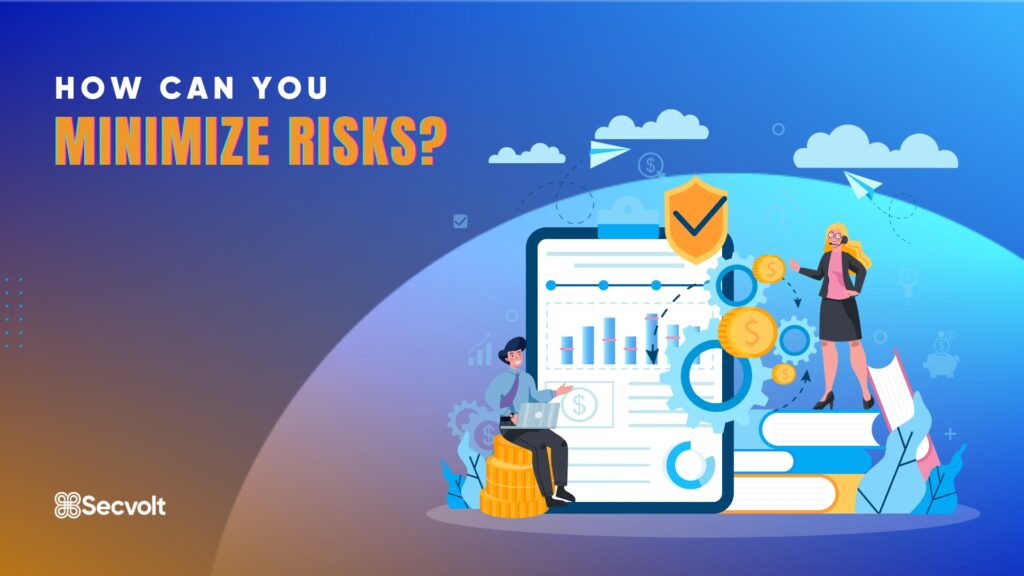
How Can You Minimize Risks?
Along with higher returns, everyone wants their risks to be minimized. The following are a few strategies that can help reduce the risks associated with your investments:
- Diversify Risk: As mentioned above, diversification is a key strategy for minimizing risk. Investing in different asset classes and industries can reduce the impact of any individual investment underperforming.
- Portfolio Risk Management: The process of identifying, assessing, and prioritizing risks and implementing mitigation strategies is known as risk management. This can include using stop-loss orders, hedging, or insurance.
- Professional Advice: Seeking an expert’s advice on any matter always proves to be helpful. A financial advisor or investment professional can help you make calculated decisions about your financial goals and can provide you best portfolio risk and return strategies.
- Use Risk Management Tools: Several risk management tools, such as options and futures contracts, are available for investors. These tools can help in efficient portfolio risk management & minimize risks by allowing investors to hedge their positions. Like the hedge fund Secvolt has created a premium calculator that can help you estimate how your investment portfolio may look a year from now.
So far, we have looked at investment features and ways to maximize returns & minimize risks. Now, let us move to alternative investments.

What are Alternative Investments?
As the name suggests, there are traditional investments & there are alternative investments. Alternative investments are typically less liquid and more compound compared to conventional assets. However, they can offer the potential for higher returns, effectively diversify a portfolio, and better portfolio risk management.
Traditional/ common investment alternatives include stocks, bonds, and cash, whereas alternative investments include real estate, precious metals, private equity, and hedge funds.
We will discuss these examples in detail further. Before that, let’s understand some alternative investing methods & strategies.
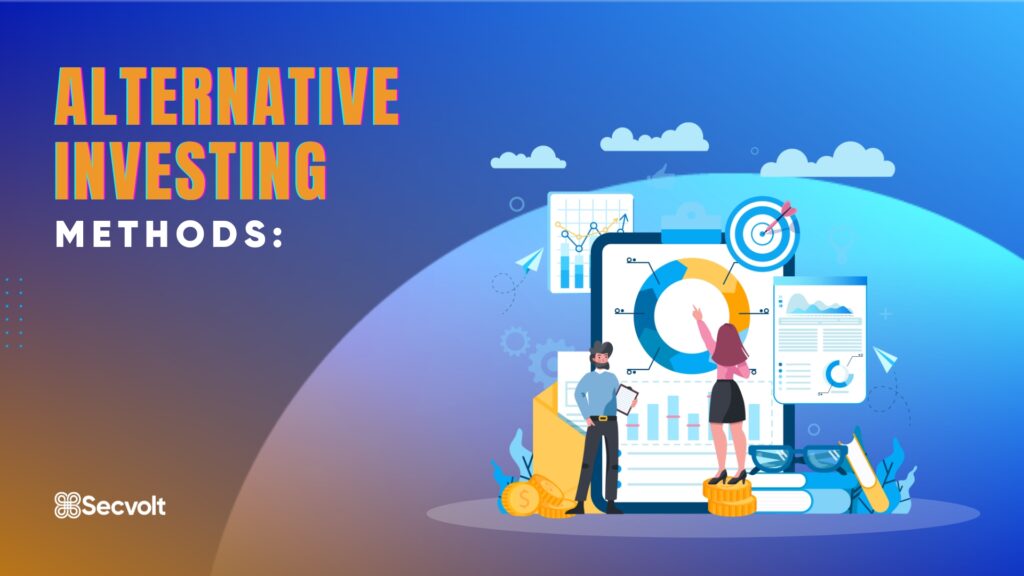
Alternative Investing Methods:
There are various methods of investing in alternative assets. Some common methods include the following-
- Direct Investment: This involves directly buying and managing an alternative asset, such as purchasing a rental property or investing in a private company. Direct investment requires a high level of expertise and time commitment.
- Mutual Funds and Exchange-Traded Funds (ETFs): These investment vehicles invest in a diversified portfolio of assets. Some mutual funds and ETFs are directed towards alternative investments, giving investors exposure to these assets without the need for direct investment.
- Alternative Investment Funds (AIFs): These are investment funds that focus on alternative assets, such as real estate or private equity. They allow investors to gain exposure to these assets from a pooled investment vehicle.
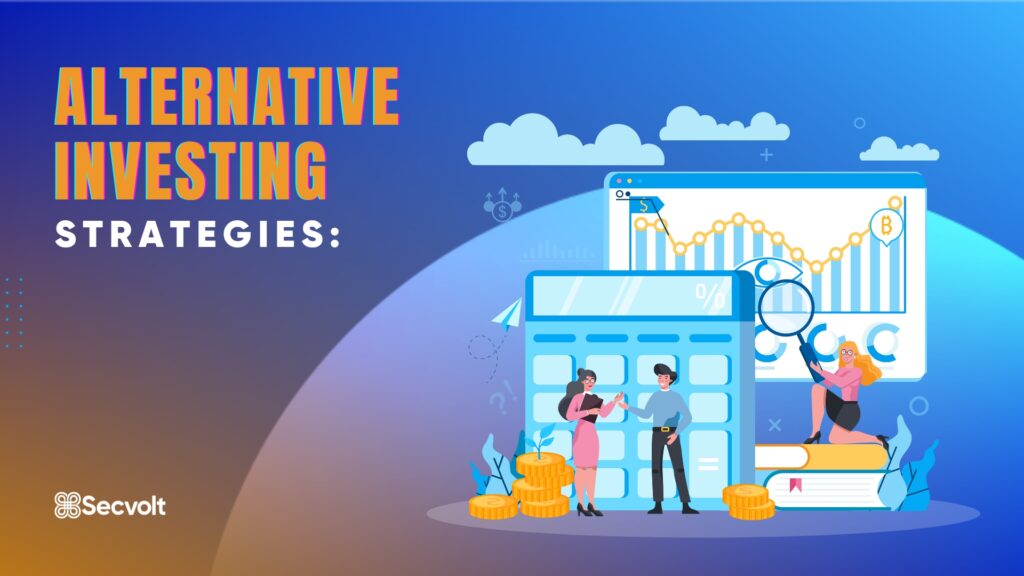
Alternative Investing Strategies:
There are various strategies that investors can use to maximize returns and minimize risks when investing in alternative assets. Following are some of the strategies that alternative investments opt for:
- Diversify Risk: Diversification is a key risk management strategy vital in alternative investments. Investing in various alternative assets can help spread out the risk and minimize the impact of market fluctuations on the portfolio.
- Focus on Portfolio Risk and Return: It is essential to carefully consider each alternative investment’s risk and return profile in the context of the overall portfolio. This can help ensure the portfolio is well-balanced and aligned with the investor’s risk tolerance and financial goals.
- Lower Investment Minimums: Some alternative investments have high minimum requirements, which can be a barrier for smaller investors. If that is the case with you, consider looking for alternative investment options with lower minimum investment requirements to make them more accessible.
Now, you know about alternative investments, their methods & alternative investing strategies. In the next section, let us look at some examples of alternative investments that follow these methods & strategies.

Examples of Alternative Investments
After understanding the basics of alternative investments, you should know which investments fall under the same category. Following are some examples of alternative investments-
- Real Estate: This includes investing in residential and commercial properties, land, and even vacation rentals. It is considered an alternative investment because neither does it fall under conventional investments nor follows the traditional route of appreciation & depreciation of an asset. Investing in real estate can provide an investor with multiple benefits, including high returns, risk management in investing, diversification of investments, and at times, rent too.
- Precious Metals: Investing in metals is another option that is not commonly used. One of the prominent advantages of investing in gold, silver, and other precious metals is that they provide a hedge against inflation and currency fluctuations. Also, these precious metals are often perceived as an investment that wouldn’t lose value over time. How people perceive an investment option also plays a significant role in its viability.
- Private Equity/Venture Capital: Another alternative investment that has gained popularity lately is private equity or venture capital. Private equity involves investing in privately held companies, usually through a fund. Private equity investments are illiquid and tend to have a longer horizon than traditional assets. Venture capital is also a form of private equity financing, under which venture capitalists usually finance the firms & start-ups that have high growth potential. Thus, this is another way of investing in businesses & entrepreneurship.
- Hedge Funds- Hedge funds are the most successful alternative investments in the industry. By successful, we mean an alternative that has generated the maximum results. One of the critical advantages of hedge funds is their ability to generate returns in various market conditions. They can use multiple strategies, including long/short, market neutral, and global macro, to generate returns regardless of whether the market is trending upwards or downwards. This can minimize the effect of market fluctuations on the portfolio and provide a source of stable returns. In addition to their diversification benefits, hedge funds can also offer the potential for higher returns compared to traditional assets. This is because they can take on more risk and employ more aggressive strategies than conventional investments.
Now you also know which investment options fall under the category of alternative investments. We have also seen that hedge funds generate the highest results for investors. Thus, in the next & final section, let us look at a hedge fund that has left behind everyone in the industry this year.
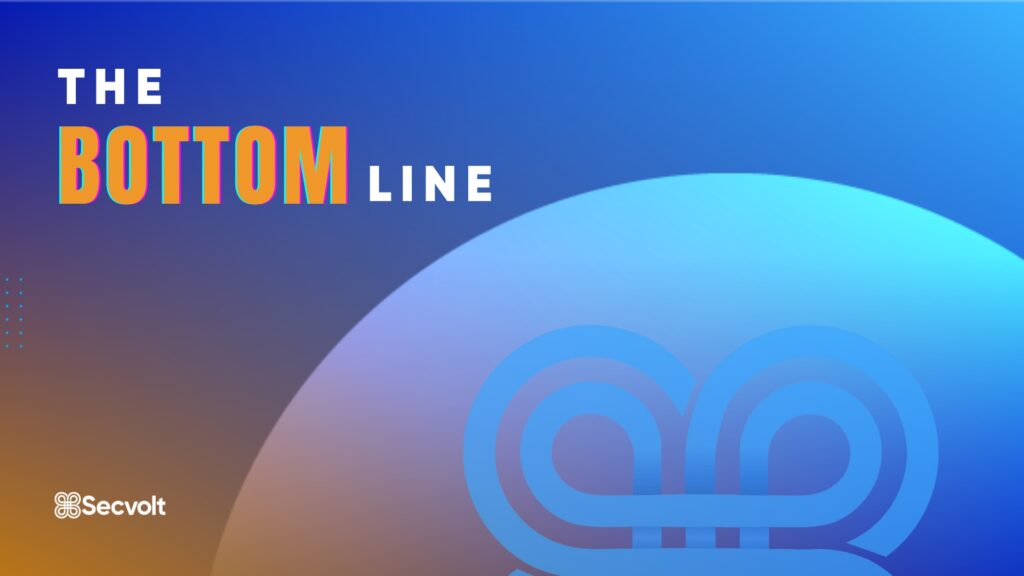
The Bottom Line
We have seen that alternative investments can be a valuable way to diversify a portfolio and minimize risks while striving for high returns. Investors can use various methods and strategies to maximize returns and reduce risks when investing in alternative assets. It is essential to carefully consider each alternative investment’s risk and return profile and use risk management tools to protect against market fluctuations.
Overall, hedge funds like Secvolt( https://secvolt.com/ ) are one of the most effective ways for investors to diversify their portfolios and mitigate risks while fetching extraordinary results. Using the best risk management systems and following optimized strategies, this hedge fund made year-to-date results of 228.71% in 2022. Secvolt, leaving behind every other index & fund since inception, has proven to be the best alternative investment out there.





